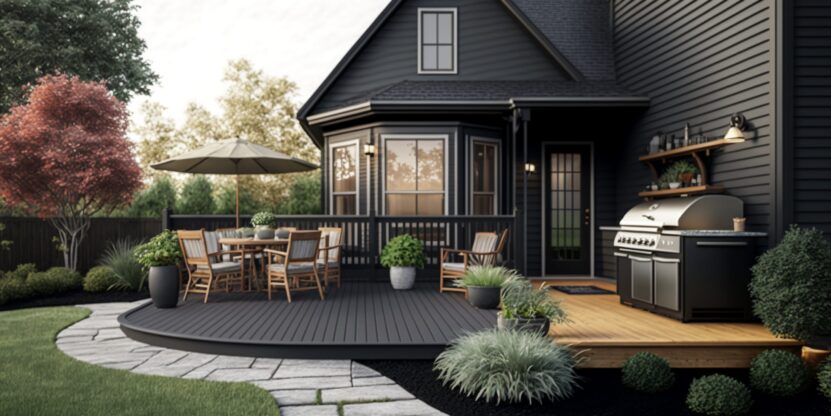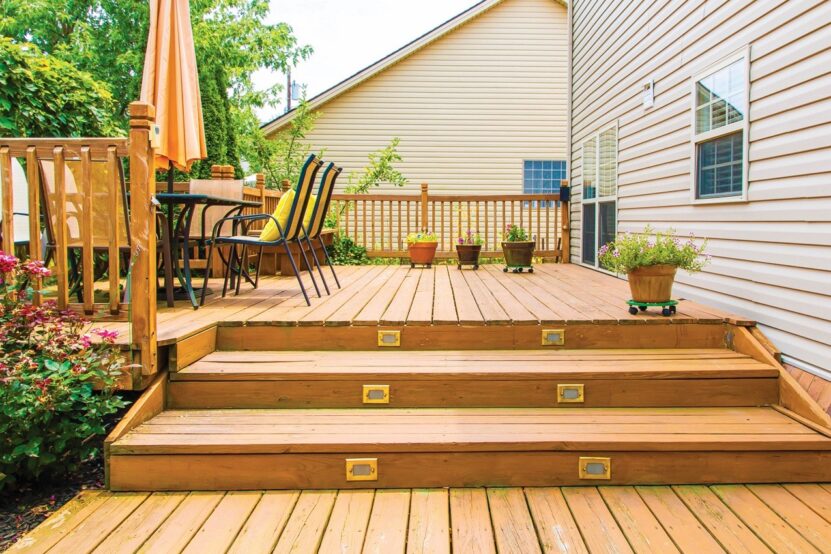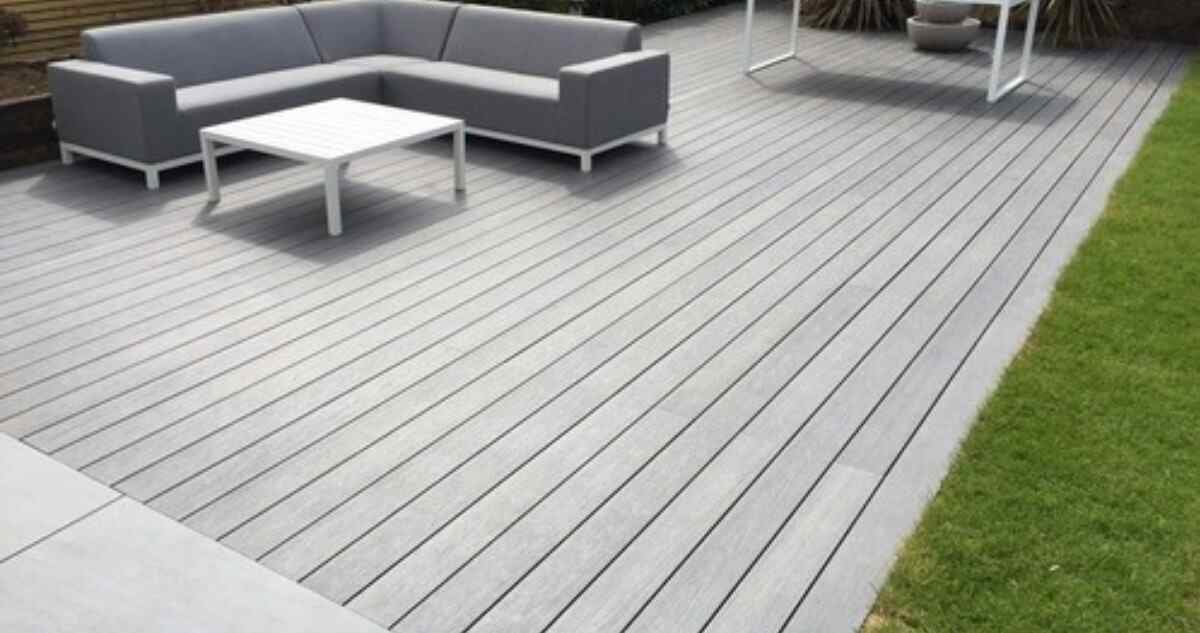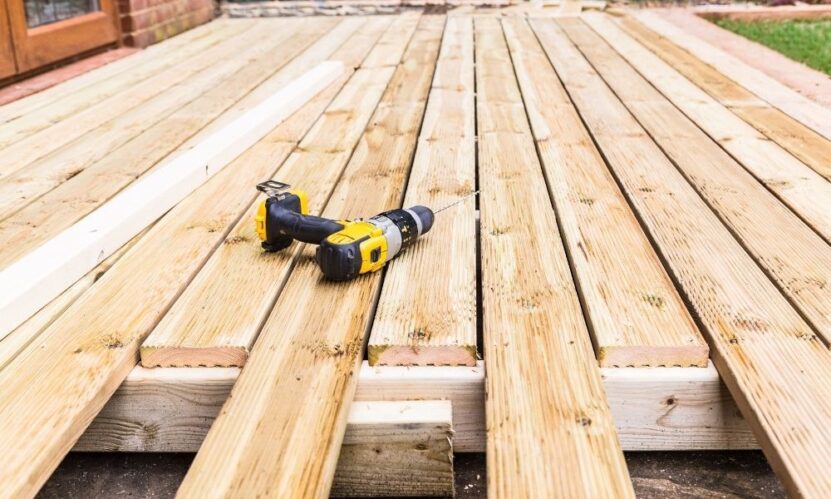Choosing the right deck for your outdoor space can dramatically enhance the beauty and functionality of your home. A well-designed deck not only adds to your living space but also provides the perfect venue for family get-togethers and social gatherings. This blog post is your ultimate guide to making decking decisions that will transform your outdoor space into your personal sanctuary. We will take you through a systematic approach, covering all aspects from assessing your space, defining the purpose of your deck, choosing materials, and much more.
Assessing Your Outdoor Space

Before you even start considering the type of deck you want, it’s crucial to thoroughly evaluate your outdoor area. First, look at the size and layout of your space. A sprawling backyard offers opportunities for a large, multi-level deck, whereas a smaller space may require a more creative, compact design.
Next, consider any existing landscaping or architectural features. Mature trees, gardens, pools, or patios can all impact the design and its placement. Think about how you can incorporate these features into your design to create a harmonious outdoor space.
Lastly, evaluate the terrain and soil conditions of your space. If your backyard is sloped or uneven, you may need a raised deck. Different soil types also impact the type of foundations you’ll need for it. In some cases, you might need to improve the soil conditions or drainage to ensure a sturdy, long-lasting deck.
Defining Your Deck’s Purpose
Understanding how you plan to use it is pivotal to your design decisions. If you love hosting, you might need a large, sturdy deck that can accommodate plenty of people and outdoor furniture. For those looking for a quiet retreat for relaxation or dining, a smaller, more intimate one might be perfect.
Consider features that reflect your lifestyle and preferences. If you’re a grill master, you might want a built-in barbecue. If you love nature, consider a deck with built-in planters or one that incorporates the natural landscape. The key here is to customize it to enhance your outdoor living experience which can be done with the help of https://decksforlife.ca/.
Choosing the Right Decking Materials

Choosing the right material is a critical decision that can significantly impact your deck’s aesthetics, longevity, and maintenance needs. The most common materials used are wood, composite, and PVC.
Traditional wood decks, such as those made from cedar, redwood, or pressure-treated pine, offer a timeless, natural look. However, they require regular maintenance and may be more prone to weathering and insect damage.
Composite ones, made from a mix of wood fibers and recycled plastic, offer a balance of beauty and durability. They resist fading, staining, scratching, and mold, and require less maintenance than wood type. However, they can be pricier.
PVC (polyvinyl chloride) decking is a synthetic option that offers high durability and low maintenance. It’s resistant to stains, scratches, and molds, and won’t warp or splinter like wood. However, it may lack the natural look of wood or composite decks.
Consider your local climate, maintenance willingness, and aesthetic preferences when choosing your decking material.
Understanding Maintenance Requirements
Different decking materials come with different maintenance requirements. Wood decks may require annual sealing or staining and periodic cleaning to prevent decay. On the other hand, composite and PVC ones need only occasional cleaning.
Regardless of the material, regular inspection for any signs of damage, like splintering, rotting, or loose boards, is crucial. Keep in mind that a bit of preventative maintenance can help extend the life of your deck and keep it looking great.
Complementing Your Home’s Aesthetics
Your new deck should complement, not compete with, your home’s architecture and style. Aim to match or complement the colors and materials of your home’s exterior. Consider the style of your house – a modern home might look great with a sleek, minimalist deck, while a more traditional home might suit a classic wood one.
Choosing the right color, finishes, and railings can dramatically enhance the overall look of your outdoor space. For instance, a well-chosen railing can be a powerful design element, adding both safety and style to your deck.
Considering Environmental Impact

Eco-conscious homeowners will be happy to know that many decking options are environmentally friendly. Composite decking, made from recycled wood and plastic, is a sustainable choice that reduces landfill waste. Also, wood suppliers are increasingly offering sustainably harvested and certified wood options.
Beyond material selection, consider sustainable practices during its construction. This can include proper waste management and using energy-efficient tools. Carefully planning your space to optimize material usage can also minimize waste.
Budgeting and Cost Consideration
Understanding the cost of your deck project is crucial to avoid unwelcome surprises. Costs can vary widely depending on the size of the deck, materials used, complexity of design, and whether you’re doing it yourself or hiring a professional.
Remember, choosing the cheapest materials might save you money up front, but could cost more in the long run due to maintenance and potential durability issues. It’s important to balance initial costs with the long-term value and its lifespan.
If financing is necessary, explore options like home equity loans or personal loans. Some contractors may also offer financing plans.
Obtaining Necessary Permits and Building Codes
Before you start building your deck, it’s crucial to understand your local building codes and regulations. These rules are designed to ensure the safety and its durability. Depending on your area, you may need to acquire a permit before construction begins.
Your deck design may need to comply with certain requirements, such as distance from property lines, allowable size, or specific construction methods. Make sure to do your research or consult with a professional to ensure your deck meets all local requirements.
Hiring a Professional Deck Builder

While some homeowners may choose to build their own deck, hiring a professional deck contractor can save you time and potential headaches. Professionals have the necessary tools, knowledge, and experience to ensure the job is done correctly and safely. They can also help navigate building codes and permits, ensuring your project is up to standard.
When choosing a contractor, do your homework. Check their references, look at past projects, and ensure they’re licensed and insured. It’s essential to choose someone you trust and feel comfortable communicating with.
Safety and Accessibility Measures
Incorporating safety features into your deck design is vital, especially if you have children or the elderly at home. Railings are a must, and ensure they are sturdy and the right height. Non-slip surfaces can help prevent accidents, and sufficient lighting can make it safer and more usable at night.
Consider accessibility for all individuals. If you or a family member has mobility challenges, you may need to include ramps, wide pathways, or other accessible design elements. Making your deck welcoming and usable for all enhances its value and enjoyment.
Conclusion
Choosing the ideal deck for your outdoor space is a significant decision that can enhance your home’s aesthetic appeal and functionality. By carefully assessing your space, defining your deck’s purpose, choosing the right materials, understanding maintenance requirements, and considering environmental impact, you can create a beautiful and practical outdoor oasis.
